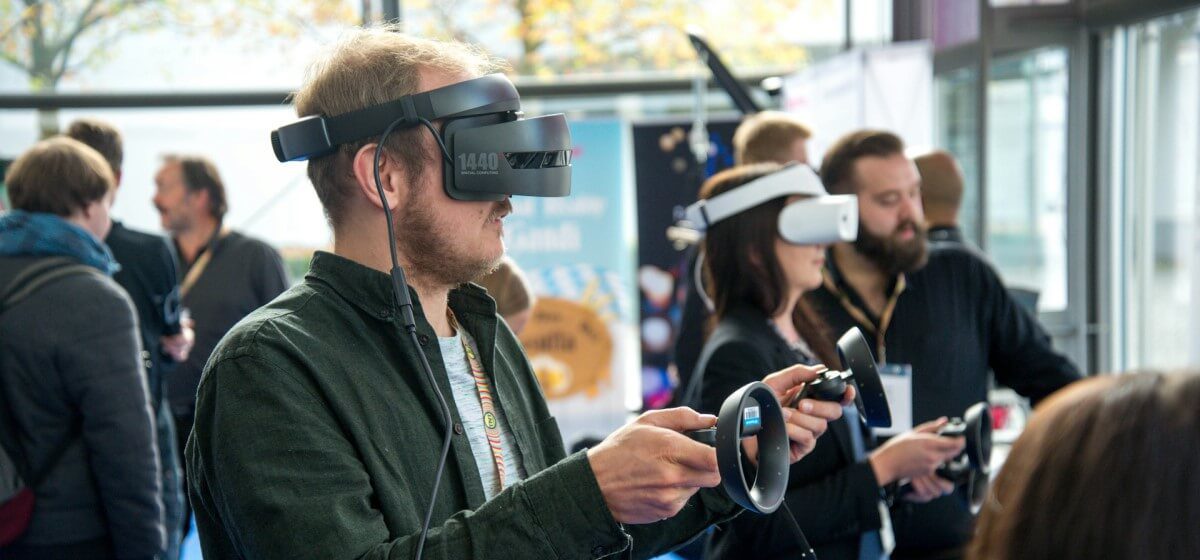
HYPERVSN 3D Catalog
USD 1,200
Qty

HYPERVSN 3D Catalog
USD 1,200
Qty

HYPERVSN 3D Catalog
USD 1,200
Qty
Cart Subtotal:
USD 3,600

HYPERVSN
Marketing Department
Personalised learning and adaptive technologies facilitate the teaching of sustainability and environmental education by tailoring educational content to individual students’ learning styles, enabling a more engaging and effective learning experience. These technologies leverage data and analytics to provide targeted lessons, incorporating real-world examples and interactive elements that enhance understanding and inspire a sense of responsibility towards environmental stewardship.
In the ever-evolving landscape of education, the integration of technology has become paramount to enhancing learning experiences. With the global rise of personalised learning and adaptive technologies, educators have an incredible opportunity to address pressing issues like sustainability and environmental education in schools. In this blog post, we will delve into the problem of making sustainability and environmental education more common in schools and explore how personalised learning and adaptive technologies can be harnessed to create a transformative educational experience.
As per a report by Technavio, the global adaptive learning software market is expected to grow by $384.99 million during 2020-2024. This surge in the adoption of adaptive technologies signifies a shift towards tailoring education to individual student needs. However, despite growing concerns about climate change and sustainability, integrating environmental education in schools remains a challenge.
According to the National Science Teaching Association, 86% of K-12 teachers believe that climate change should be taught in schools. While there is a recognition of the importance of sustainability and environmental education, the challenge lies in making it a more common and integral part of the curriculum.
Personalised learning and adaptive technologies offer a promising solution to bridge the gap between the need for sustainability education and its integration into mainstream curricula. Consumers respond positively to personalised learning, appreciating the tailored experiences enabled by adaptive technologies and AI. These technologies cater to individual learning styles, abilities, and preferences, making the educational journey more engaging and effective (Source: “Innovations in personalised learning: how AI is changing education” by The Education Daily, March 2023).
Identify and leverage existing platforms. Explore and identify existing personalised learning platforms and adaptive technologies that can be seamlessly integrated into the current educational system.
Develop a tailored sustainability curriculum. Collaborate with educators, environmental experts and technologists to create a customised sustainability and environmental education curriculum that aligns with existing educational standards.
Utilise data and analytics for personalisation. Leverage data and analytics tools within adaptive technologies to understand each student’s learning preferences, strengths and weaknesses. Use this information to tailor sustainability lessons to individual needs.
Provide interactive and immersive experiences. Design interactive and immersive learning experiences that engage students in real-world scenarios related to sustainability. Virtual reality (VR) and augmented reality (AR) technologies can be particularly effective in this regard.
Continuous professional development for educators. Conduct workshops and training sessions for educators to familiarise them with the personalised learning tools and methodologies. Ensure they are equipped to integrate sustainability education seamlessly into their teaching practices.
Collaborate with environmental organisations. Form partnerships with environmental organisations to bring in real-world examples and expertise. Guest lectures, field trips and collaborative projects with these organisations can enrich the sustainability education experience.
Promote awareness and parental involvement. Educate parents about the importance of sustainability education and how it is being integrated into the curriculum. Encourage parental involvement through support at home and participation in school initiatives related to sustainability.
By harnessing the power of personalised learning and adaptive technologies, schools can effectively address the critical need for sustainability and environmental education. The integration of tailored curricula, immersive experiences and collaboration with relevant stakeholders can pave the way for a more sustainable and environmentally conscious future. Through such innovative approaches, we can empower the next generation to become responsible stewards of the planet.




subscribe

USD 1,200
Qty

USD 1,200
Qty

USD 1,200
Qty
Cart Subtotal:
USD 3,600☎️